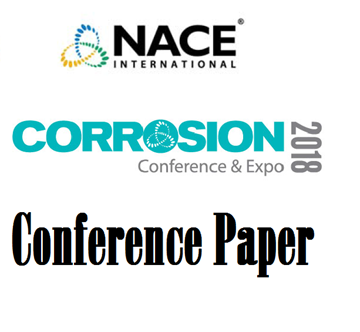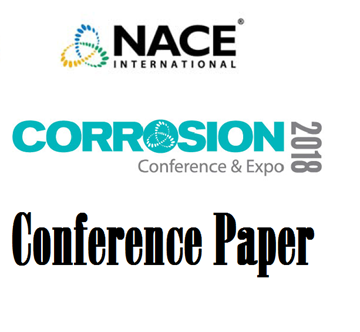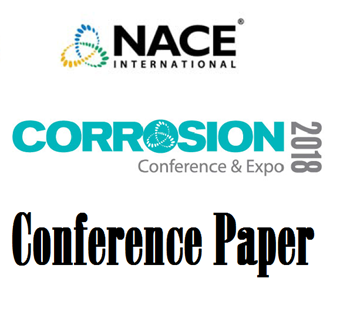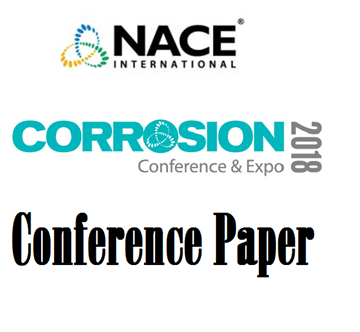Search
Products tagged with 'hydrogen embrittlement'
View as
Sort by
Display
per page
51318-10977- Effect of Charging Method on the Evaluation of HE Susceptibility for High-strength Stru
Product Number:
51318-10977-SG
Publication Date:
2018
$20.00
51318-11070- Corrosion and SSC Resistant Cladding Material for H2S/CO2 Oil and Gas Containing Environment
Product Number:
51318-11070-SG
Publication Date:
2018
$20.00
51318-11391-Ni-Co Electroplating as Corrosion Protection for Carbon Steel Fasteners used in Oil and Gas
Product Number:
51318-11391-SG
Publication Date:
2018
$20.00
51318-11535-Comparison of Slow Strain Rate Incremental Step Load and Rising Displacement Hydrogen Embrittlement Testing of UNS N07718
Product Number:
51318-11535-SG
Publication Date:
2018
$20.00
A Fracture Mechanics Approach To Characterizing Hydrogen Embrittlement Of Fasteners
Product Number:
51321-16798-SG
Publication Date:
2021
$20.00
A Study on Tensile Characteristics (SSRT) of Pipeline Material (API 5L X52) Under High Pressure Hydrogen Environment
Product Number:
51323-19228-SG
Publication Date:
2023
$20.00
A Survey of Plant Practices and Experience in HF Alkylation Units
Product Number:
51394-94511-SG
Publication Date:
1994
$20.00
A Theoretical Investigation On The Role Of Microstructural Particularities On The Hydrogen Embrittlement Of Nickel Alloys
Product Number:
51322-17718-SG
Publication Date:
2022
$20.00
Advanced Subsea Corrosion Protection via Modulated Impressed Current Cathodic Protection a Prototype Demonstration and Comparative Evaluation
Product Number:
51324-20812-SG
Publication Date:
2024
$40.00
ANSI/NACE MR0175-HD2001-SG Sulfide Stress Cracking Resistant Metallic Materials for Oilfield Equipment-HD2001
Product Number:
21304-HD2001
ISBN:
1-57590-021-1
Publication Date:
2001
$179.00
Attempts for Preventing Hydrogen Embrittlement and Solving the Infrastructure Problems for Hydrogen Gas Transmission Lines - A Practical IGC Study Based on Surface Thermodynamics
Product Number:
51324-20697-SG
Publication Date:
2024
$40.00
Can Electrochemical Charging Replace Hydrogen Gas Charging During Hydrogen Embrittlement Testing?
Product Number:
51324-20712-SG
Publication Date:
2024
$40.00












